I am using the SQL Server 2012 and EF 6.1.3
I have a central database A and another database B which is linked to the database A. The two databases are used for two different applications.
In the database B I have some views which is exactly as some table in the central database A.
What I am expecting is that when I insert/update/delete records in views of the database B, those records will be inserted/updated/deleted in the central database A.
For the application using the database B (this is the linked server, not the central database), I am using the EF to generate views (using power tools). Code generated looks fine, but, certainly, the generated entity doesn't have primary key properties, doesn't have navigation properties as well.
Can you help with a solution?
